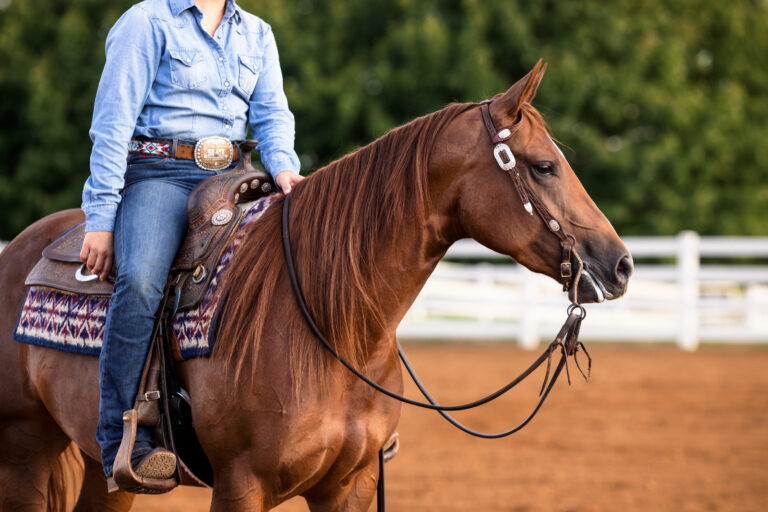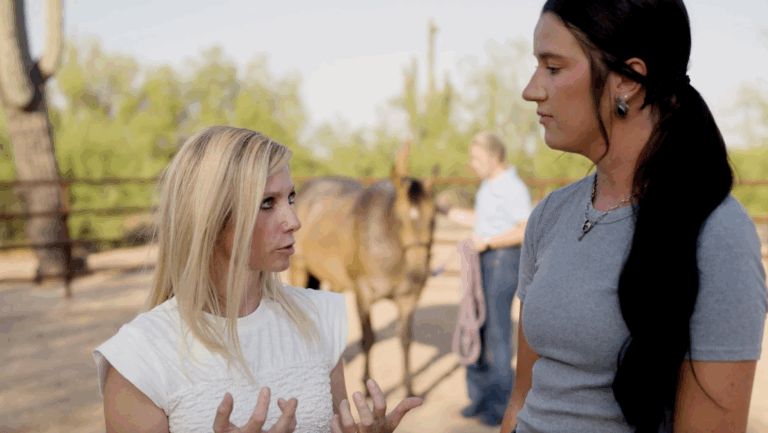Editor’s Note: The following abstract from Veterinary Pathology was published by vet.sagepub.com. The authors looked at megaesophagus in Friesian horses compared to other breeds.Following is the abstract.
Megaesophagus appears to be more common in Friesian horses than in other breeds. A prevalence of approximately 2% was observed among Friesian horses presented to the Wolvega Equine Clinic and the Utrecht University Equine Clinic. In this study, morphologic changes in the esophagi of Friesian horses with megaesophagus were compared with those of 6 control horses. Of 18 horses with clinically observed megaesophagus, only 12 animals had esophageal dilation at necropsy, usually involving the thoracic portion. Muscular hypertrophy of the distal esophagus was present in only one-third of the affected horses, indicating that this change is not the most relevant cause of megaesophagus in Friesians. Increased deposition of clumped and disorganized collagen was present in these clinically affected horses mainly in the non-dilated portion of the esophagus. At necropsy, a decrease in neural elements and elastin was present principally in horses with megaesophagus. Mild degeneration and necrosis of the tunica muscularis along the entire length of the esophagus were present in clinically affected horses and encountered only rarely in control animals. There were no significant differences among affected and control horses with respect to inflammation, mineralization, or the number of cells of Cajal. The increased occurrence of megaesophagus in the Friesian breed compared with other horse breeds, together with the presence of abnormal collagen in very young foals, supports the hypothesis that megaesophagus is hereditary in Friesians.
Authors
M. Ploeg and A. Gröne of the Department of Pathobiology, Faculty of Veterinary Medicine, Utrecht University, Utrecht, the Netherlands; V. Saey of the Laboratory of Veterinary Pathology, Department of Pathology, Bacteriology and Poultry Diseases, Faculty of Veterinary Medicine, Ghent University, Merelbeke, Belgium; C.M. de Bruijn of the Wolvega Equine Hospital, Oldeholtpade, the Netherlands; W. Back of the Department of Surgery and Anaesthesiology of Domestic Animals, Faculty of Veterinary Medicine, Ghent University, Merelbeke, Belgium, and the Department of Equine Sciences, Faculty of Veterinary Medicine, Utrecht University; P.R. van Weeren of the Department of Equine Sciences, Faculty of Veterinary Medicine, Utrecht University; W. Scheideman of the Tierärzliche Klinik Domäne Karthaus, Weddern 16c, Dülmen, Germany; T. Picavet of the Bosdreef Equine Clinic, Spelonckvaart, Moerbeke-Waas, Belgium; B.J. Ducro of the Animal Breeding and Genomics Centre, Wageningen University and Research Centre, Wageningen, the Netherlands; I. Wijnberg of the Department of Equine Sciences, Faculty of Veterinary Medicine, Utrecht University; and C. Delesalle of the Department of Equine Sciences, Faculty of Veterinary Medicine, Utrecht University and the Department of Large Animal Internal Medicine, Faculty of Veterinary Medicine, Ghent University, Merelbeke, Belgium.




